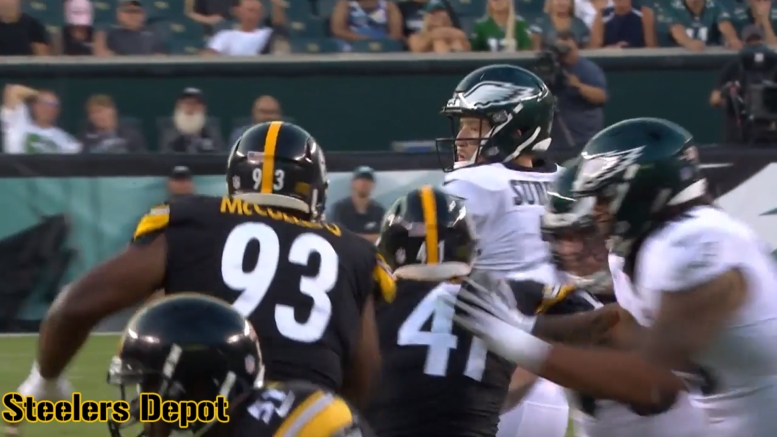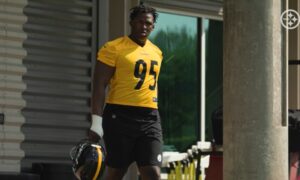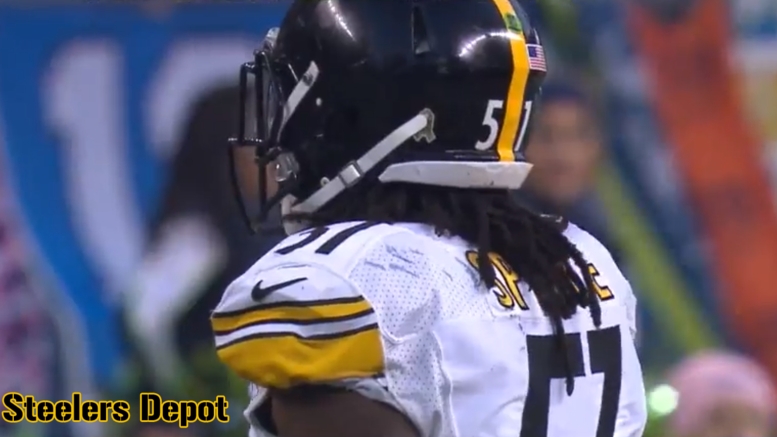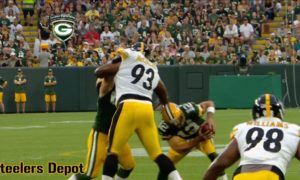There has been a lot of discussion about fifth-year nose tackle Daniel McCullers in the wake of his performance for the Pittsburgh Steelers on Thursday night against the Green Bay Packers, in which he was able to generate a handful of pressures on the quarterback and also recorded a tackle for a stop against the run.
The former sixth-round draft pick entered this season more on the bubble than ever before, the Steelers seemingly initially reluctant to re-sign him in the first place, and only to a veteran-minimum one-year contract. They hired a new defensive line coach, and then drafted a player that he coached for the past two years at the college level.
He was feeling more pressure than ever, but whether or not that was a cause—or the cause—the fact of the matter is that he is looking about as good as he ever has at any point in his career, and right now seems to be inside the roster bubble.
Aiding his cause is a little nugget that Jeremy Fowler dropped in an article about McCullers written after Thursday’s game, pertaining to that new defensive line coach, Karl Dunbar.
“He wants to use two nose tackles”, Fowler wrote of Dunbar, “which bodes well for McCullers and third-year player Javon Hargrave. Under John Mitchell, Hargrave consistently took the vast majority of the snaps at nose tackle and was not rotated out much.
Head Coach Mike Tomlin wanted to get a long look at his newly fiery fifth-year plugger, so he gave McCullers the opportunity to start the game on Thursday against the Packers, ahead of Hargrave, who as a small-school product immediately seized the starting job from the veteran in 2016, when the latter was already entering his third season.
Fowler indicated that Dunbar “is getting what he needs” from the big man in terms of effort and attitude this offseason. The veteran position coach said that he has noticed the change in him in those facets, arguing that “you can see in in his performance in practice and especially in the game last week”.
But if Dunbar really has the intention of making greater use of the nose tackle depth than Mitchell did in his later years as the position coach, then it does bode well for McCullers, who hardly saw the field a year ago.
Placing so little emphasis on your number two nose tackle also restricts what a more one-dimensional player can offer you, necessitating that your gameday backup at the position must be able to play multiple positions. If the backup nose tackle is going to be more valued, then a player like McCullers looks more useful than he would otherwise.







